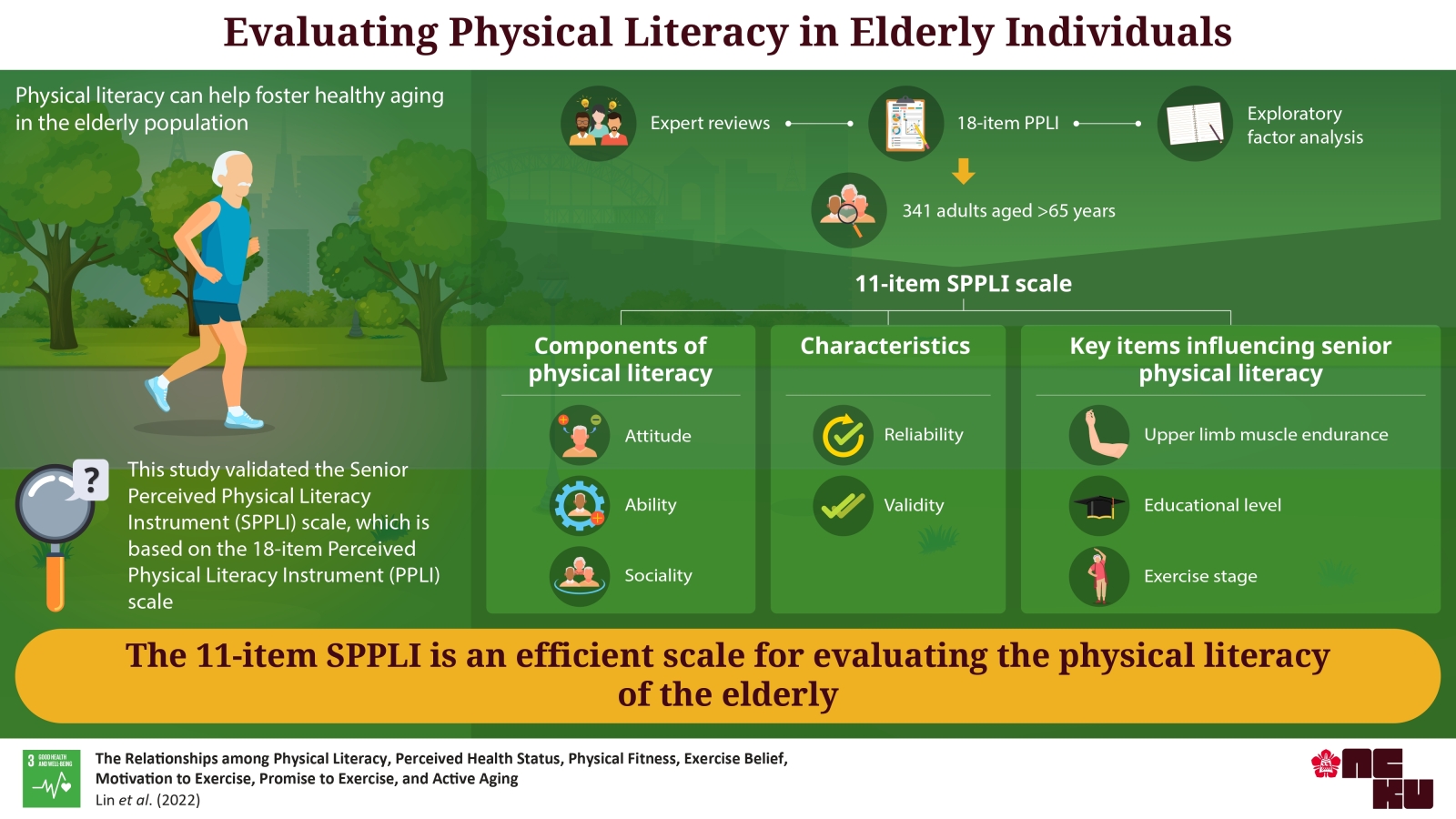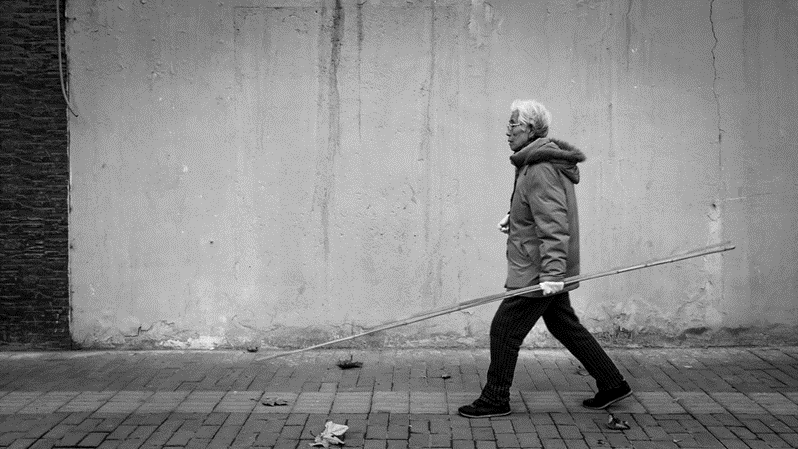


New Tool to Evaluate Physical Literacy Among the Elderly: A Step towards Healthy Aging
Researchers developed a tool that evaluates the physical literacy of the elderly population and includes attitude, ability, and sociality as its three components
The global population is aging at a rapid pace. Thus, initiatives to improve the quality of lives of the elderly by maintaining their functional ability and well-being are essential. Understanding how physical literacy of the elderly is connected to their fitness is key to achieving this goal. Now, a research team has developed an 11-item Senior Perceived Physical Literacy Instrument which is effective for the evaluation of physical literacy in populations aged 65 and above.
Populations across the globe are facing multiple challenges due to aging-related complications. According to estimates, 1 out of 6 people in the world will be over the age of 65 in 2050—double of that in 2019. In light of this likelihood, improving the elderly population's quality of life by fostering “healthy aging”, i.e., the process of developing and maintaining their functional ability and well-being during old age, is a global priority.
To achieve healthy aging, societies will not only need to implement effective initiatives, but also change their attitudes and perspectives regarding aging, in line with United Nations Decade of Healthy Ageing (2021–2030).
One such initiative was a research project undertaken by a team of researchers led by Professor Linda Lin of the National Cheng Kung University in Taiwan, in collaboration with the Chinese University in Hong Kong.
The research project, titled "The Relationships among Physical Literacy, Perceived Health Status, Physical Fitness, Exercise Belief, Motivation to Exercise, Promise to Exercise, and Active Aging”, was a two-part study. The first part aimed to identify themes of physical literacy based on the discussions of focus groups of community residents aged 65 or above, by assessing their verbatim reading abilities. An expert panel developed questions based on the reading material and existing instruments, to establish content validity. Next, a draft instrument was refined and tested until it was able to provide content reliability and face validity.
Once the instrument demonstrated satisfactory performance, the second part of the study was initiated, involving a cross-sectional survey to examine how physical literacy is interlinked to perceived health status, physical fitness, exercise belief, motivation to exercise, promise to exercise, and active aging.
To do so, the team sought expert evaluation and conducted an exploratory factor analysis to refine the Perceived Physical Literacy Instrument (PPLI)—an 18-item tool used to measure perceived physical literacy. Next, they used PPLI to develop and validate the Senior Perceived Physical Literacy Instrument (SPPLI)—a tool specific to the elderly population.
For the validation of SPPLI, the team recruited 341 senior citizens over the age of 65 from community centres in southern Taiwan and identified their attitudes toward physical activity, physical activity ability, and sociality around physical activity. Once validated, they examined SSPLI’s relationship with the Senior Functional Fitness Test (SFFT).
The results indicated that SPPLI demonstrated satisfactory reliability and validity to assess physical literacy among senior citizens.
Importantly, SPPLI only included 11 items from the 18-item PPLI and was found to be much more appropriate for the evaluation the physical literacy of the elderly as compared to PPLI . On analyzing its relationship with SFFT, the team found that upper limb muscle endurance is an important aspect of senior physical literacy. Moreover, the educational level and the stage of exercise was also found to influence different aspects of physical literacy.
“Unlike findings from our previous studies, we identified that SPPLI only consists of 3 components of physical literacy—attitude, ability, and sociality ,” remarked Prof. Lin while discussing the findings.
Notably, a Chinese version of physical literacy for the aging population has also been developed, which has been presented at the 2022 World Congress on Exercise is Medicine.
So, how can SPPLI facilitate healthy aging? Prof. Lin responds, “Insights from our study can be used to provide recommendations to improve policy decisions concerning senior physical literacy. Since SPPLI provides insights into how physical literacy influences physical activity, initiatives that focus on enhancing the elderly population’s physical literacy and activity can be introduced to improve their quality of lives.”
Reference
|
Authors
Title of the project
Journal |
Linda, Lin1, Raymond Kim-wai Sum2, Jiunn-Jye Sheu3 and Chien-Yu Liu1
|
|
DOI
Affiliations |
1National Cheng Kung University 2The Chinese University of Hong Kong 3University of Toledo
|
Image

Image title: New tool for the evaluation of physical literacy in the elderly
Image caption: A research team developed an 11-item Senior Perceived Physical Literacy Instrument (SPPLI) which is suitable for evaluating physical literacy in the elderly, and comprises three components—attitude, ability, and sociality.
Image credit: Gauthier DELECROIX from FLICKR
Image license: CC BY 2.0
About Professor Linda Lin from National Cheng Kung University